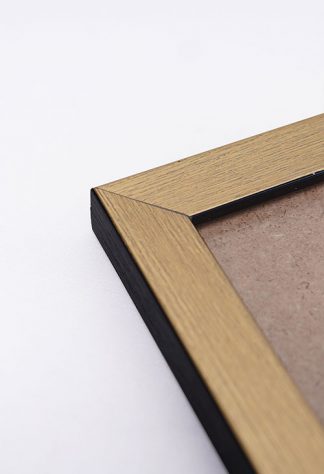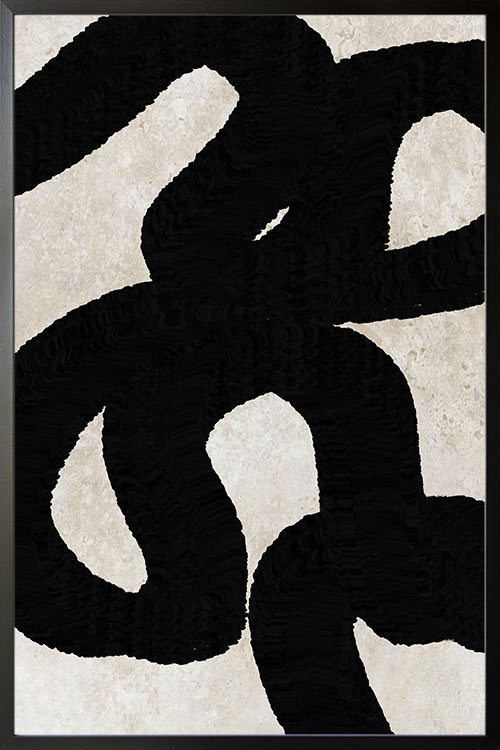
Attractive poster design for a unique and interesting wall art. The subtle colors will surely make any wall look remarkable. The brush stroke pattern also will add texture to the walls. A cool and fantastic poster art to display in any room for a trendy and contemporary room appeal.
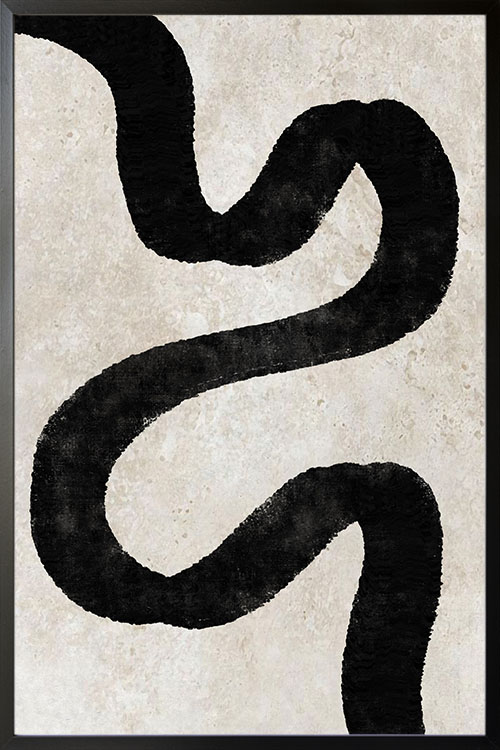
Attractive poster design for a unique and interesting wall art. The subtle colors will surely make any wall look remarkable. The brush stroke pattern also will add texture to the walls. A cool and fantastic poster art to display in any room for a trendy and contemporary room appeal.
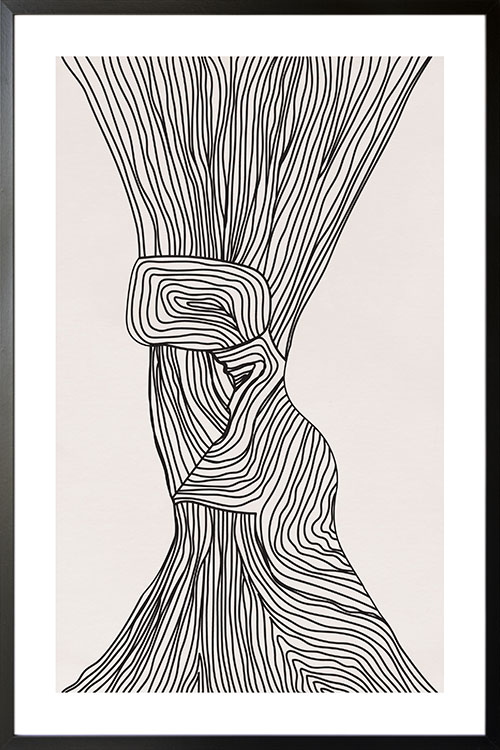
A fantastic poster art in abstract form. The line art can make an overall transformation to your walls. With neutral colors, this art can create a sophisticated and elegant room appearance. The art can likewise make a trendy and modern-looking room that will be adored by your family and friends.
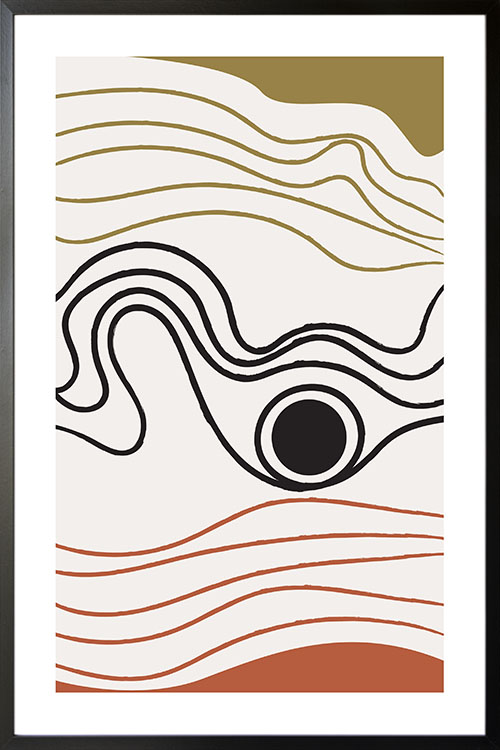
Cool and wonderful poster art of lines and shapes in neutral colors. Give your room a boost with an attractive poster that can be used to start a wall gallery. This will then be a perfect wall art to level up the appearance of your room.
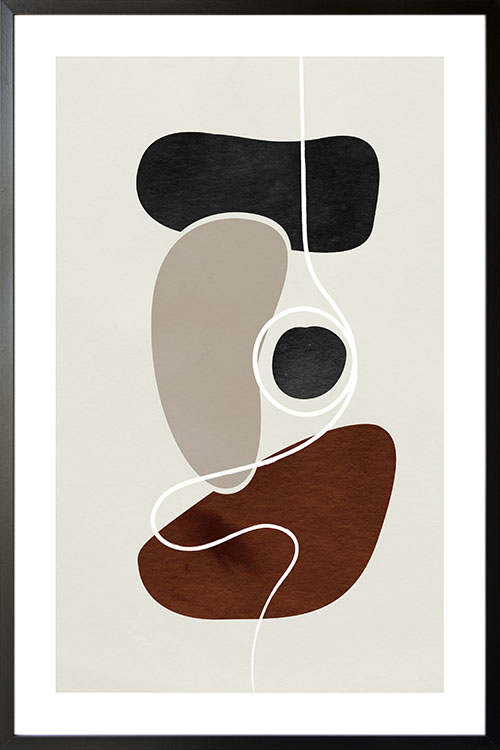
Creative and artistic. These are the words that best describe the poster art. A cool and awesome image in abstract form that will boost the appearance of your walls. Add colors to your home and create a relaxing vibe that you will truly enjoy.
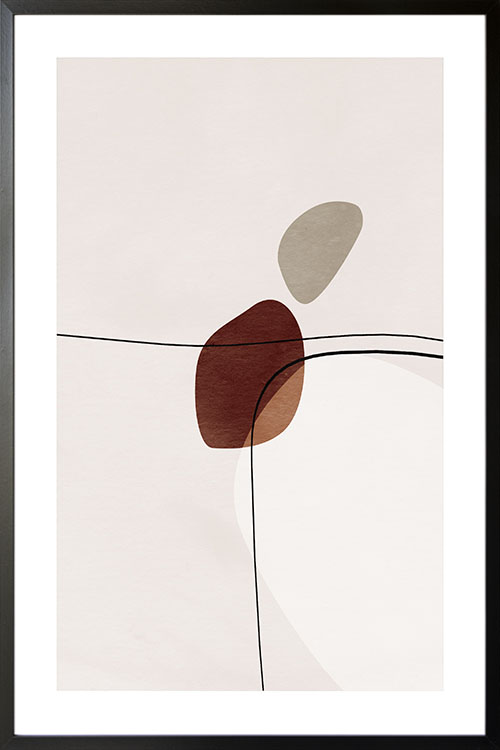
Trendy and stylish poster design that will spice up the wall of your living room, bedroom, or dining room. The neutral and subtle colors can make your home look spectacular. In abstract form, you will be able to add mystery as well as awesomeness to your wall. A perfect art that can perfectly blend to any room decor and design that you have.
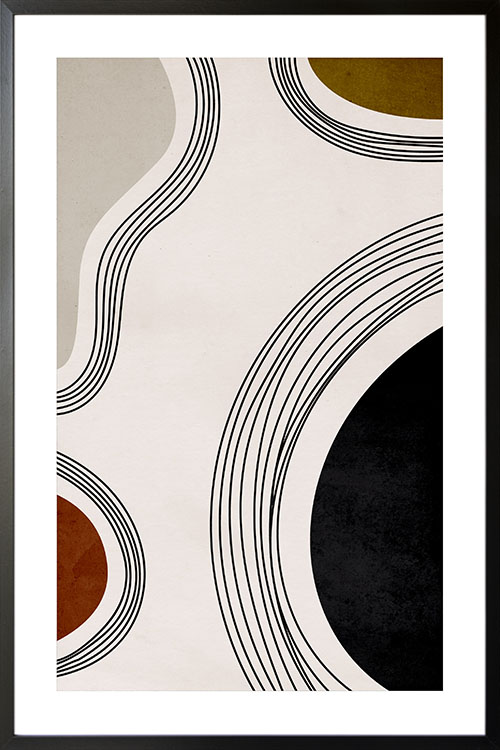
Simple and awesome poster art that will level up your room. Art in abstract form that features lines and shapes with neutral colors. The display of this poster can create a modern-looking room that is perfect for the family. This poster can likewise blend well to any color of the wall as well as various interior decorations.
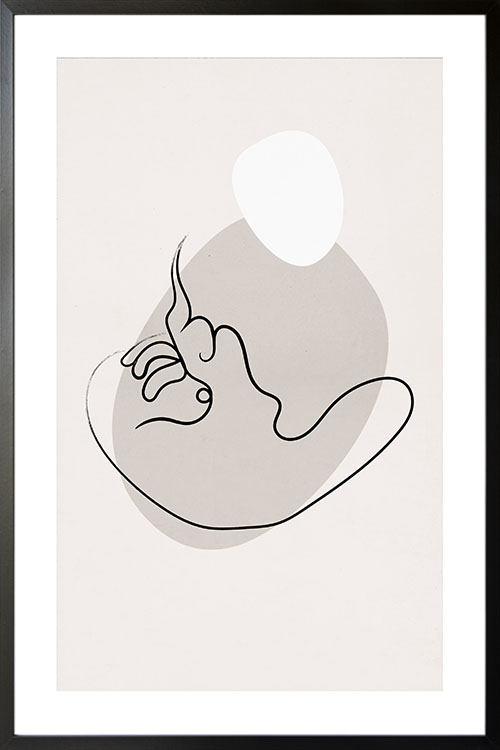
Fantastic poster art that will make any room in your space look cool and interesting. The art features lines and shapes in neutral colors that can instantly and conveniently make the wall of your home appear modern and stylish. A beautiful poster design that can be the focal point of your living room or bedroom.
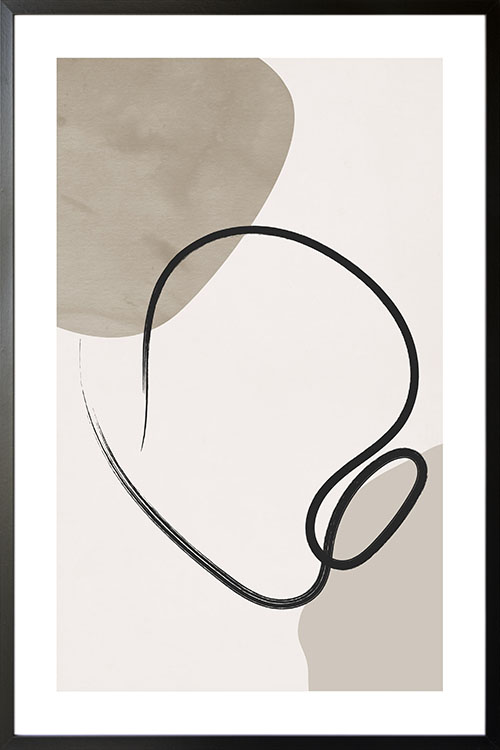
Trendy and stylish poster design that will spice up the wall of your living room, bedroom, or dining room. The neutral and subtle colors can make your home look spectacular. In abstract form, you will be able to add mystery as well as awesomeness to your wall. A perfect art that can perfectly blend to any room decor and design that you have.
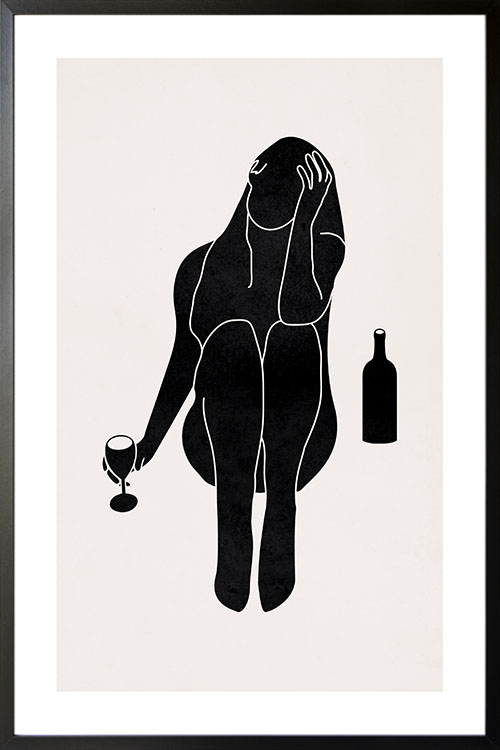
Trendy poster design of a lady in a posse. Created in black image with a neutral-colored background. Create a sophisticated and elegant appearance of the room with this art. You can likewise set a cool and relaxing vibe with the colors used. A simple yet compelling art that will upgrade the wall of your room.











